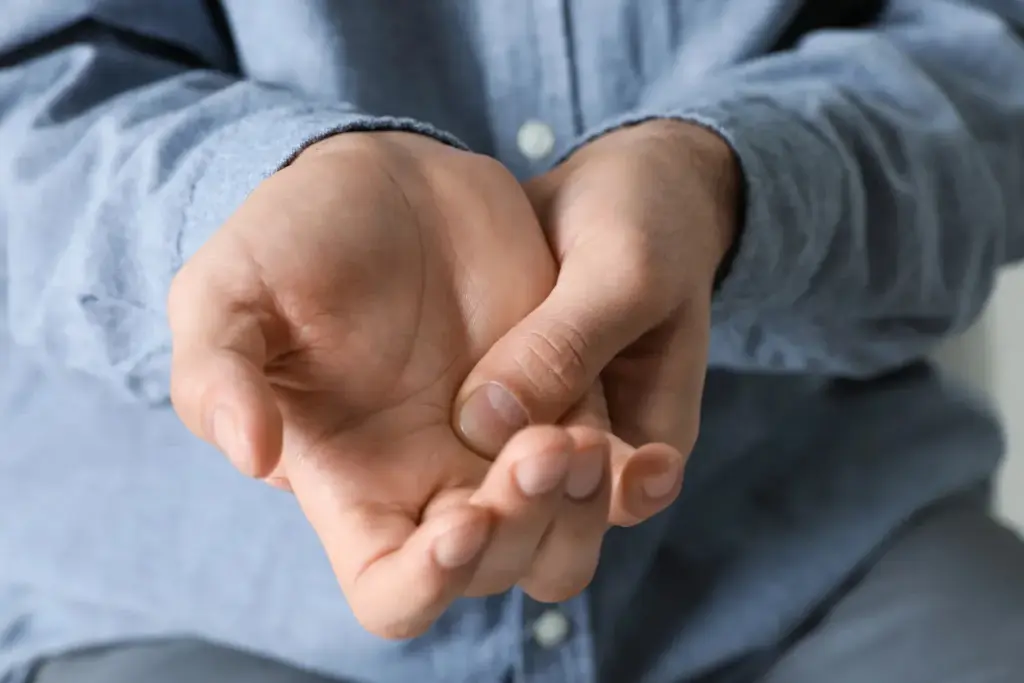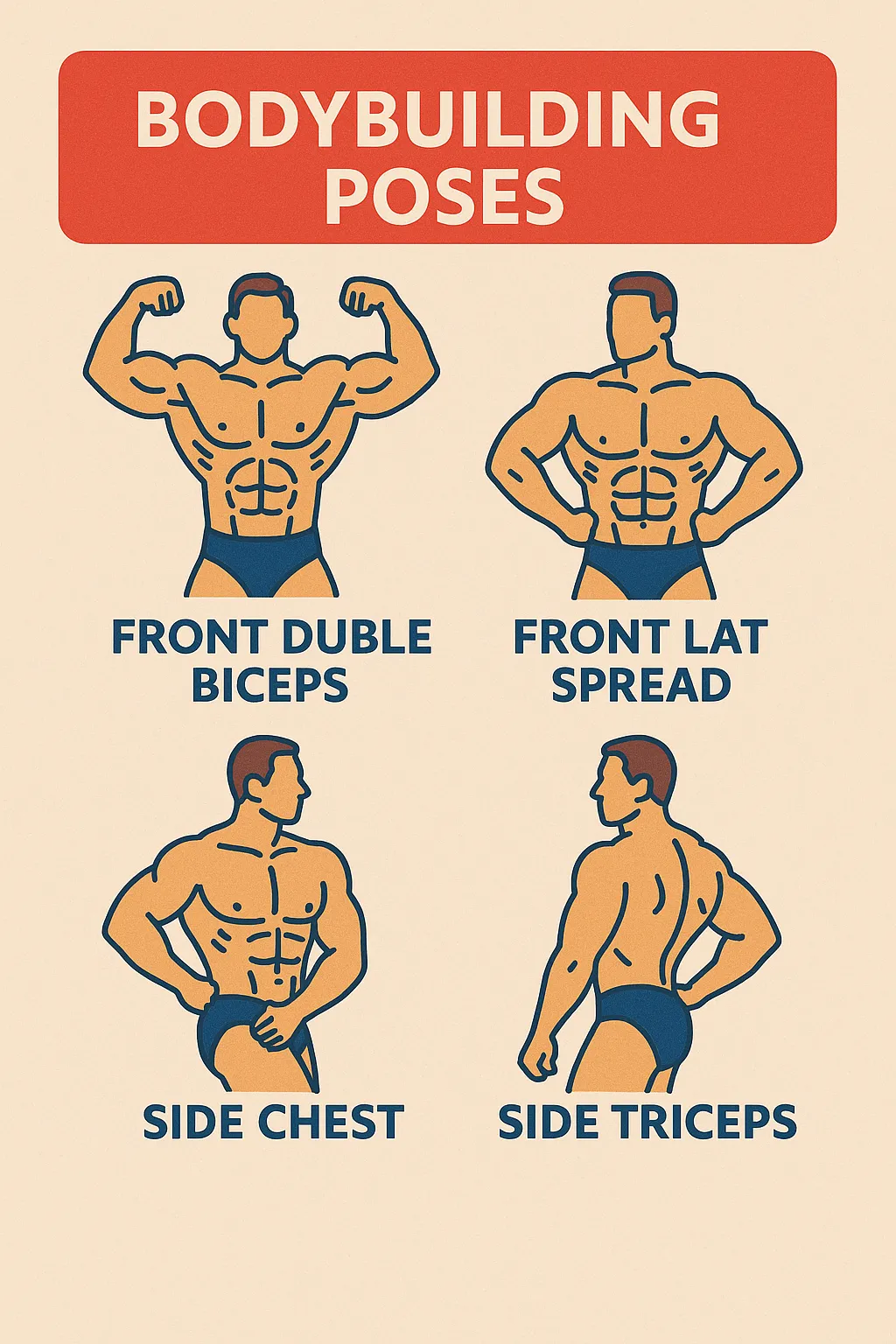Trigger thumb, a condition impacting the tendons in your fingers, may cause pain, stiffness, or even a clicking sound when you move your thumb.

If you’re experiencing these symptoms, don’t be concerned; certain stretches and exercises can help to lower pain and improve flexibility. This article will cover useful at-home workouts that could reduce trigger thumb symptoms.
Understanding Trigger Thumb
Before starting any workouts, understanding what trigger thumb is crucial. Inflammation of the tendons that let your fingers bend causes this condition. Symptoms might include:
• Your thumb or finger base aches and feels sensitive.
• Stiffness impeding finger mobility
• A lump at the base of your finger
• Moving your finger produces a snapping or clicking noise
• Struggling to straighten your bent finger
These symptoms could affect one or more fingers and be more noticeable in the morning or during certain activities.
Starting to Work Out
Starting your relief path will only require an elastic band and a handful of tiny objects, including bottle caps, coins, and pens. As your strength increases, progressively increase the time and repetitions; aim to do these exercises for at least 10 to 15 minutes every day.
Remember that although you may not be able to complete the whole range of motion, your body should guide you, and you should rest if you feel pain.
Exercises for Trigger Thumb
Here are some exercises for trigger thumb below:
1. Stretching the Extensors of the Fingers
How to Do It: A flat hand on a table will help you accomplish this. Use your other hand to hold the hurt finger. Keeping the rest flat, lift the finger slowly. After a few seconds of holding, let it fall back down.
Repetitions: Three times daily, five repetitions.
2. Fingers’ Abduction 1
How to Do It: Put your hand in front of you to accomplish this. Stretch the affected finger beside a healthy finger. Using your index finger and thumb on the opposite side, press the two fingers together. Then, against the resistance, gently separate them.
Repetitions: Three times daily, five repetitions.
3. Fingers’ Abduction 2
How to Do It: Make a “V” with the afflicted finger by moving it away from the closest normal finger. Move the two fingers closer together after pressing them against one another.
Repetitions: Five repetitions, three times a day.
4. Spreading of the Fingers
How to Do It: Put an elastic band around your thumbs and fingers after pinching them together. To stretch the band, move your fingers away from your thumb. Do this ten times.
Sets: Three sets of repetitions spread out throughout the day.
5. Presses of the Palm
How to Do It: Squeeze firmly for a few seconds while holding a small object in your palm. Then spread your fingers wide.
Repetitions: Throughout the day, repeat multiple times with various objects.
6. Picking Up Objects
Method: Disperse tiny items across a table. Using your thumb and afflicted finger, pick each one up and move it to the other side.
Duration: Repeat twice daily for five minutes.
7. Towel or Paper Grasp
How to Do It: Hold a small towel or piece of paper in your palm. Gently open your fingers after squeezing and scrunching it into a ball.
Repetitions: Ten repetitions, twice daily.
8. The “O” Exercise
How to Complete It: Form a “O” with your afflicted finger touching your thumb. After five seconds of holding, straighten it and put it back in the “O” position.
Repetitions: Ten repetitions, at least twice daily.
9. Hand and Finger Openers
How to Complete It: Make a fist after massaging the base of the afflicted finger. After 30 seconds of opening and closing your fist, straighten the afflicted finger and touch your palm.
Duration: Do these exercises three times a day for two minutes at a time.
10. Gliding Tendons
How to Complete It: Bend your fingers to touch your palm after spreading them wide. Bend them until they touch the middle and bottom of your palm after straightening them. Finally, use your thumb to touch the tips of each finger.
Sets: Three sets of repetitions, twice daily.
11. Stretches for the Fingers
How to Do It: Squeeze your fingers together after spreading them wide. Gently pull your thumb back while bending your fingers forward and backwards.
Repetitions: Repeatedly, at least twice a day.
The Value of Self-Massaging
Self-massage can be helpful in addition to these exercises. Massage the afflicted finger and its surroundings for a few minutes every day. This can increase flexibility and circulation. Focus on areas that feel tight and apply firm pressure using gentle circular motions.
When Should I Consult a Physician?
Even though these exercises can be very beneficial, it’s important to keep track of your progress. Within a few weeks to six months, the majority of people notice improvements. See a doctor if your symptoms worsen or if you don’t observe any changes. Surgery or medical intervention may be required in certain situations.
Final Thoughts
Although trigger thumb can be annoying, you can reduce pain and increase finger mobility with regular practice and the appropriate exercises. Remember to massage your hands as you incorporate these exercises into your daily routine.
In your quest for relief, keep in mind that perseverance and patience are essential. Do not be afraid to contact a healthcare provider if you have any concerns. You deserve to feel good about your hands!







